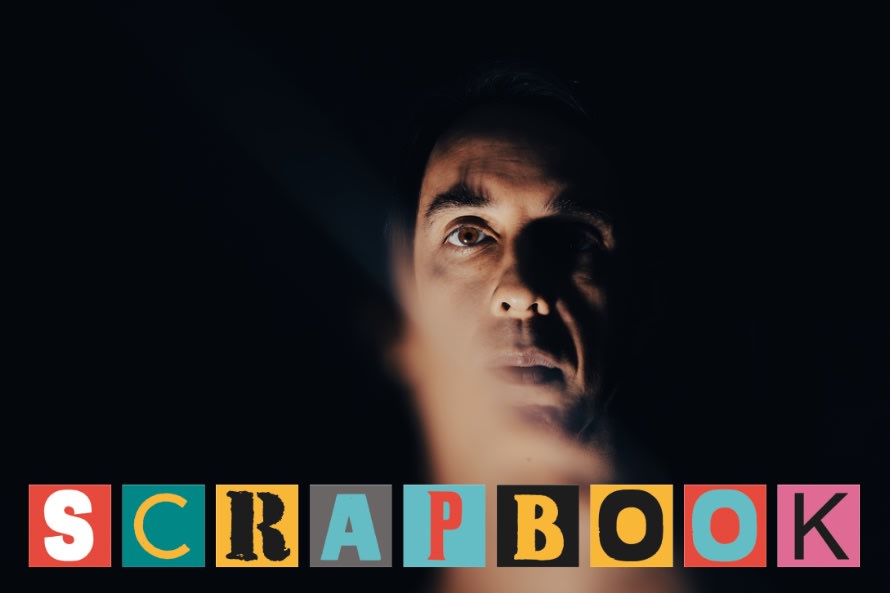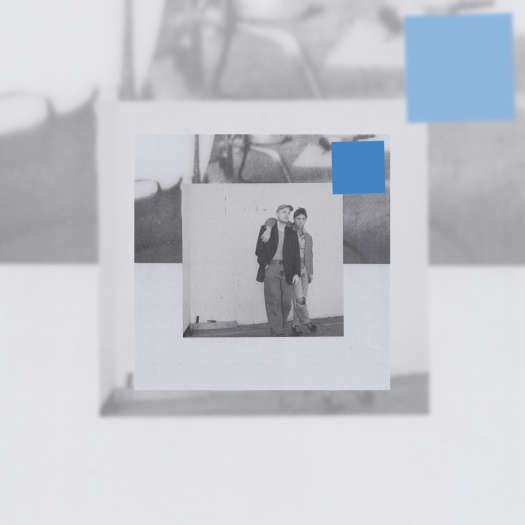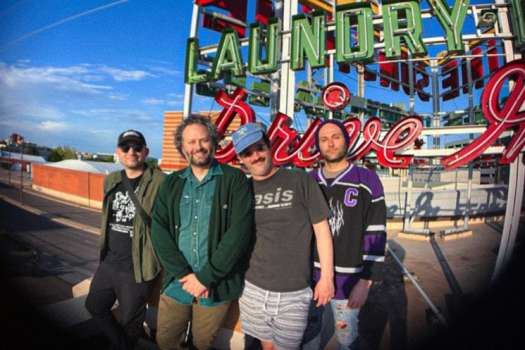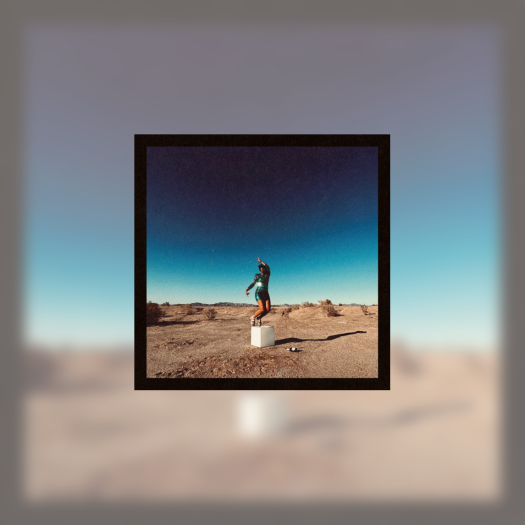Dan Boeckner has made a lot of music under a lot of names — Wolf Parade, Operators, Divine Fits and Handsome Furs, to name a few — but his latest endeavour finds the Canadian indie hall-of-famer stepping out alone: this time, he’s just Boeckner.
Boeckner! is his first solitary release, but the record’s dynamic, multi-layered sound finds Boeckner pulling threads from each of his former projects; by plucking bits and pieces from his past, he’s never sounded more present. A record caught in the constant push and pull between shadow and light, look no further than lead single “Lose” for proof of Boeckner!’s strange alchemy — throbbing synths, gnarled saxophone and thundering drums careen into a sparking, white-hot collision. Read on to learn how D&D, cosmic horror, podcasting and a New Orleans park helped Dan Boeckner strike out alone.
This is Dan Boeckner's Boeckner! scrapbook.
Nuestra parte de noche (Our Share of Night) by Mariana Enriquez
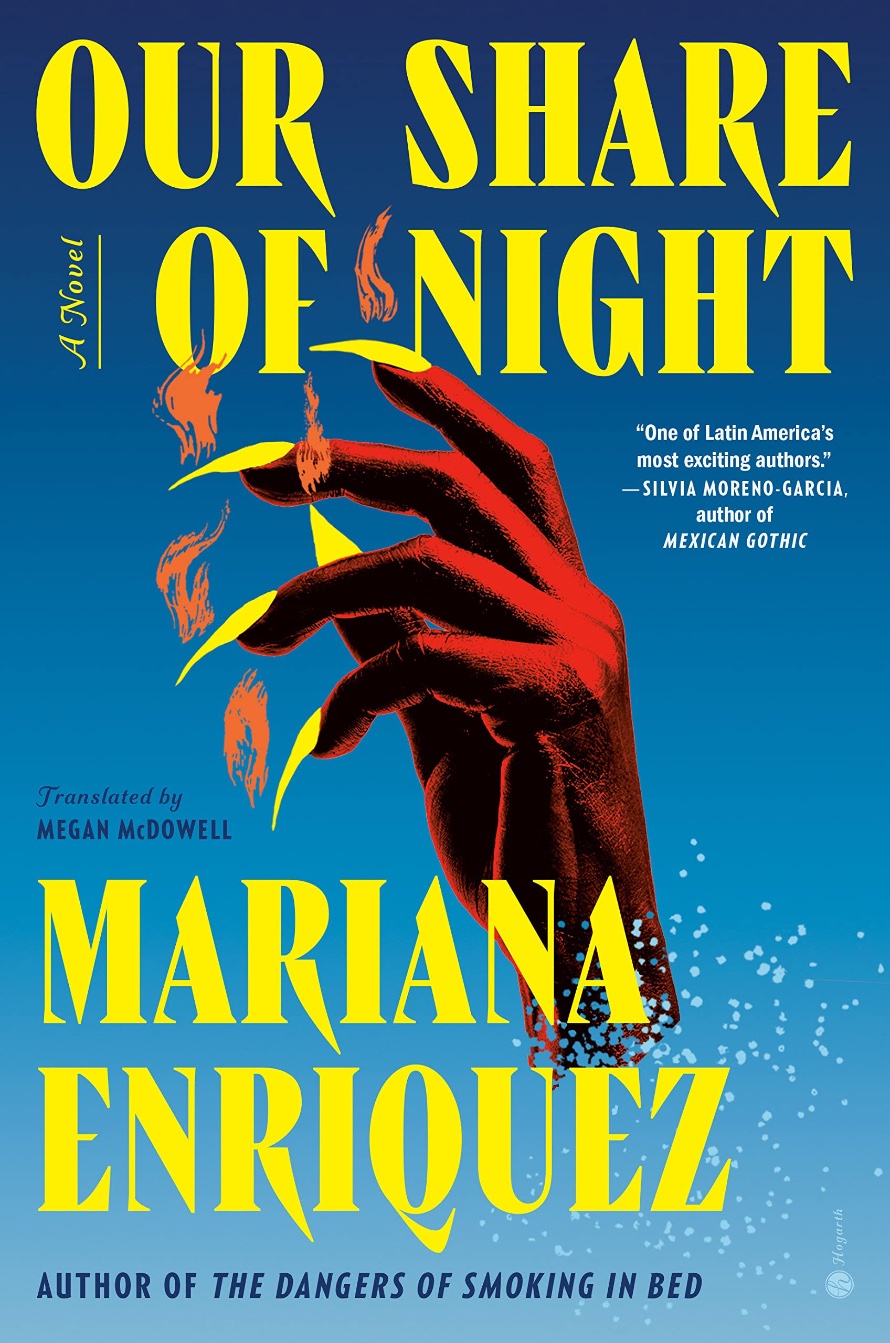
One of the best things I've read in a decade. It seamlessly weaves cosmic horror (some truly horrific scenes in this), personal experience and a deep, mournful and angry examination of the massive wave of political violence that overtook Argentina after the US-coordinated coup of the left-wing Peron government in 1974. Bodies and minds are destroyed in grotesque and cruel ways across generations. A group of upper class European families form an occult cabal in their 100-year quest to contact extra dimensional forces they don't understand and cannot control. Enriquez rolls the narrative out over decades and covers everything from the violence of colonialism, doomed romance, the AIDS crisis in queer punk spaces to the thousands of "disappeared" activists post-coup. My album touches on themes of horror and political violence in ways I haven't really tried before. I can only hope to approach the tenderness and clear-eyed unsentimentality that Enriquez has laid out here.
You're Not From Around Here playlist by Numero Group
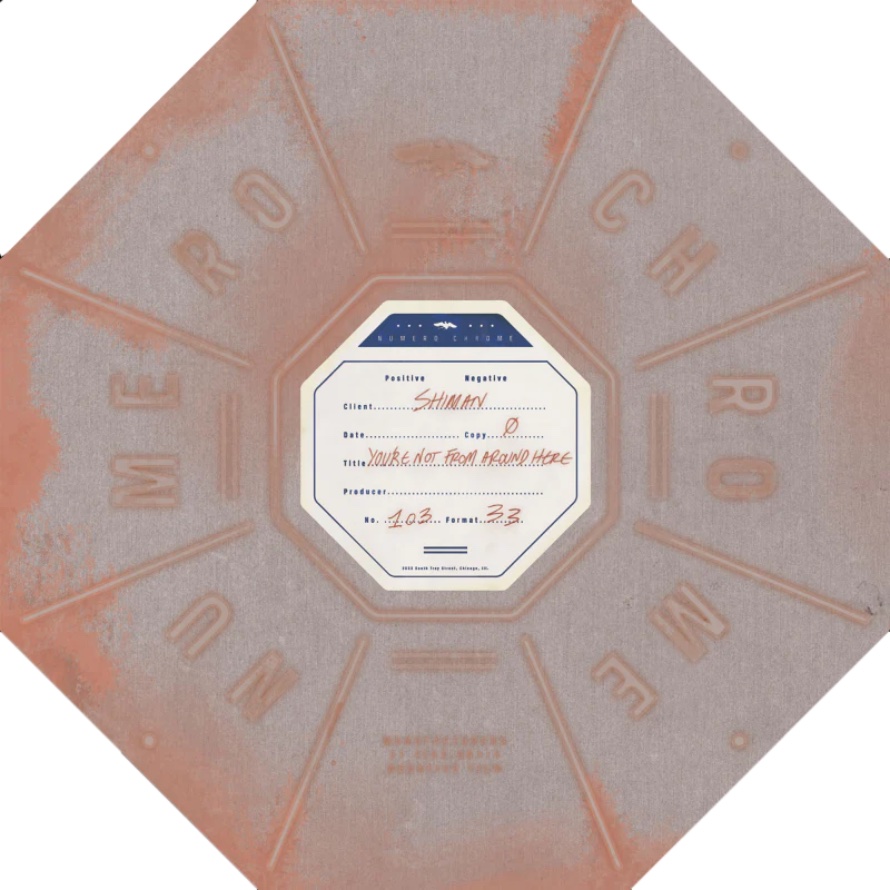
I listened to this constantly while making the album. It's ostensibly a soundtrack to a film noir that doesn't exist. What it really is, is a document of a lost era of American music where country, folk, surf and "tropicalia" collided and briefly created something wild and new. You can feel the anxiety creeping into the edges of the post war boom — leftover amphetamine stockpiles leaking into civilian life, ushering in "the fear.” Leftover military technology leading to rapid advancement in weird sounds like tape delay, reverb and compression. In a lot of ways, this music is more psychedelic than what came immediately after — it hits harder. I wanted to telegraph that haunted quality on the solo album, sounds that can't be placed, odd disturbances and space. This curated set of songs helped me get there.
Old RPG Supplements/OSR
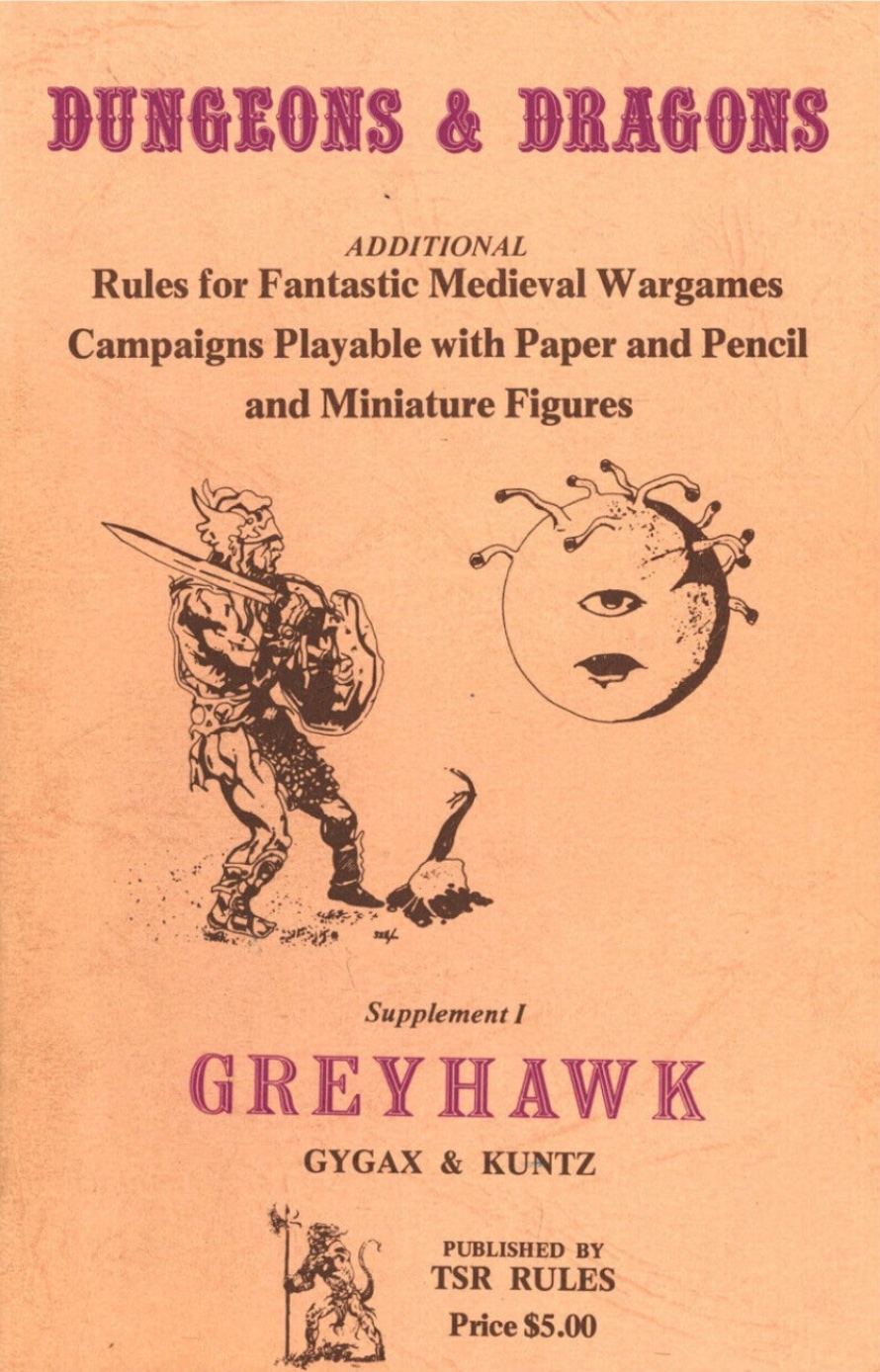
I loved D&D as a kid, but growing up in a tiny rural town on Vancouver Island often left me with no one to play it with. I read supplement after supplement (books meant to flesh out the world the game exists in, pre-made sandboxes to play in packed with lore) and imagined a group session in the Underdark or Arkham or Glorantha. Re-reading a lot of these books, it struck me how DIY and punk they are. Every 300 page gazetteer of New Seattle or The Vampire Kingdoms is an enormous, often crazy labour of love that someone spent a truly heroic amount of mental energy on. A lot of making an album for me is worldbuilding, sonically and through repeated lyrical themes. Occasionally, I'll stop and ask myself why I'm putting so much energy into "vibes" but... I think it really adds a quality of place to things.
Occult Gear
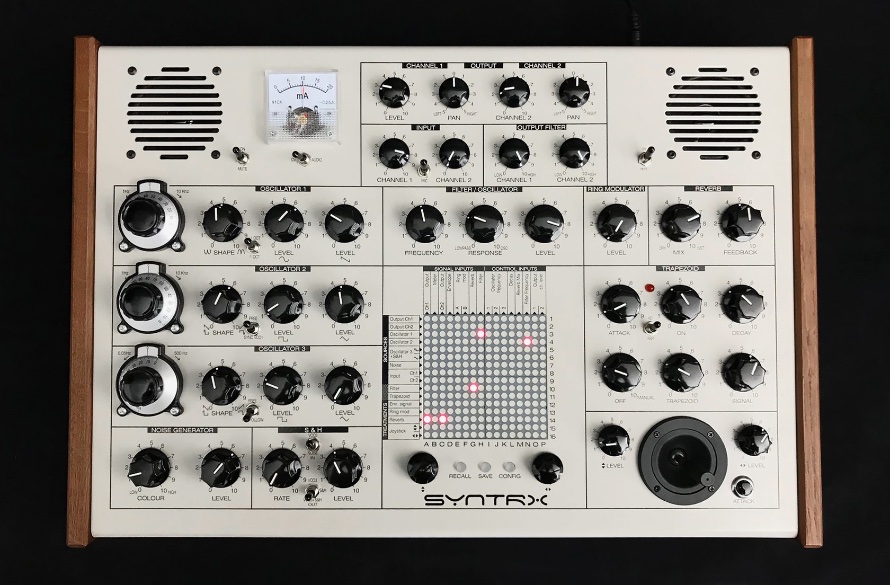
When you work with a piece of gear that's difficult to control, you enter into a kind of dialogue with it where you're both wrenching sonic compromises out of each other until you find some kind of equilibrium and create something that, A) you didn't plan for and B) that piece of gear wasn't meant to do. That's beautiful to me. It's exciting. Three pieces I used on this album are:
STREGA by Make Noise
A broken karaoke chip and very furry sounding oscillator surrounded by touchplates. Impossible to wrangle as a "synth,” barely controllable as an "effect.” It's truly beautiful sounding. You can hear it at the beginning of “Euphoria,” playing a woozy, seasick drone.
SYNTRX by Erica Synths
Big, bulky recreation of the classic VCS3 synth used by Eno in Roxy Music. It's all over the first few Pere Ubu albums as well. Unstable and melted sounding. Can be very pastoral and mellow but best when cranked up and fed sounds from other, tamer instruments. Much of the bass on the album is Syntrx. Also any of the alien noise freakout sections.
MOOD by Chase Bliss
Less aggressively weird than the other one. A tape loop and effects studio in a pedal. It captures audio and passes it back and forth between two sides (tape/effects) and creates huge washes of sound. It's almost like an audio time machine. You play something in and a while later you'll hear it returned to you, warped and melted. An instrument you have a conversation with. I used it a lot on keys and guitar.
Bottlemen Podcast
A few years ago I started the Bottlemen (from the Trailer Park Boys’ "bottle kids") podcast with my pal Riley Quinn. It was still peak pandemic days, and after a test episode on Canada's huge role in the MKULTRA program we started producing two episodes of Canadian media criticism and dumb jokes every week. We're on hiatus now (the live touring world is back up and running) but writing episodes and getting to interview some personal faves (Jeff Vandermeer, Jessica Eaton, Matt Christman) felt really good. Any brain damage I may have given myself by digging into the absolute mutant rogues gallery of what passes for a "media class" in this country was offset by doing what I feel like was good, legitimate journalism on everything from the ongoing real estate apocalypse to the importation of demobilized Ukrainian fascists post-WWII. We also got to expose our American friends to some of the worst Canadian cultural products ever created. Bottlemen became a great way to organize my life and direct my energy during a period of extreme precarity around my work. I wouldn't have been able to make this album without it.
The Fly in New Orleans

The waterfront of Audubon Park in New Orleans. The park itself goes back to the 1870s and this strip along the Mississippi is probably my favourite place in town. You can see massive container tugs gliding up and down the river at night. The industrial complex on the other side of the river looms up over palms and green reeds. Sometimes you'll see a guy smoking a giant cigar and drinking a Miller Lite, watching the flow. And sometimes you'll see a gang of escaped parakeets who've constructed a giant communal nest on one of the power poles that run along the train tracks. I love it here. A very good place to organize your thoughts about album art.
The A Team - Randall Dunn, Brad Laner, Heba Kadry and Matt Chamberlin
Matt Chamberlin: Matt played the drums. Matt also helped shape my demos into better, Stronger forms by anticipating what the songs needed. Matt played with Bowie, Matt played with Fiona Apple. Matt is very, very good at drums.
Brad Laner: Brad played guitar and sang backup. Brad is one of my favourite guitarists of all time. His band Medecine has a new album out that’s amazing. Brad was in The Crow. Brad pulled strange harmonies out of the choruses and recorded Chernobyl leads.
Randall Dunn: Randall is the glue. Randall shepherded me through some rough times. Randall insisted on using arcane ‘90s synths. Randall made it heavy. Randall made it all happen.
Heba Kadry: Heba took everything and made it three-dimensional. Heba sharpened the focus. Heba brought the bass and glassed up the highs. Heba took the final picture and that's what you see right now.
